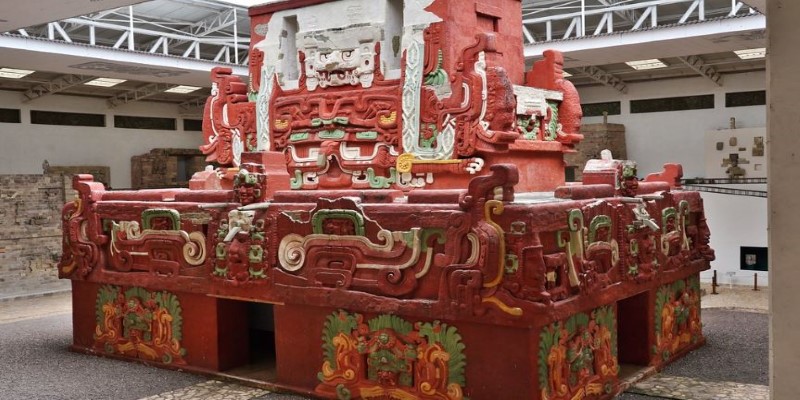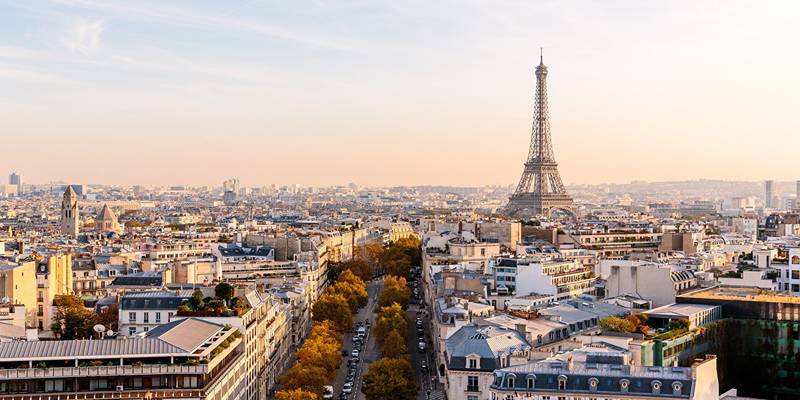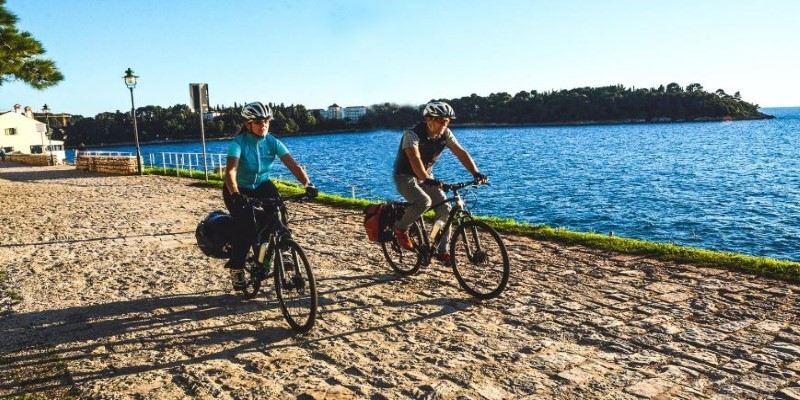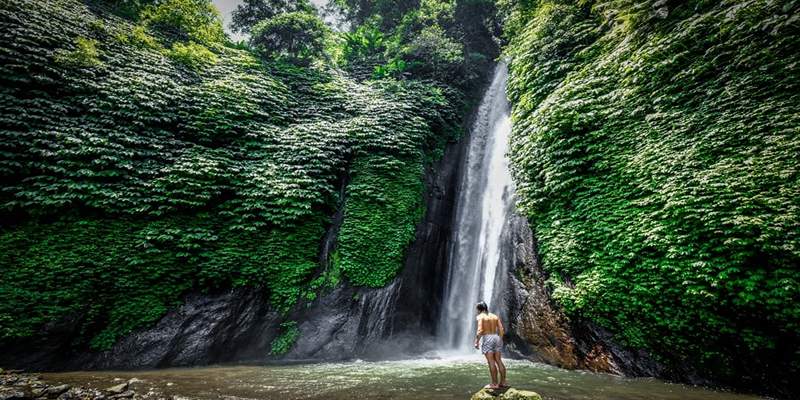Nestled in the lush hills of western Honduras, Copan Ruinas is more than just a small, charming town—it's a gateway to one of the most important archaeological treasures of the Mayan world. The ancient ruins of Copan offer a window into the heart of a civilization that flourished over a thousand years ago. However, visiting this UNESCO World Heritage site is not just about history; it's about connecting with the spirit of a place that feels alive with stories.
Whether you are an archeology enthusiast, a history buff, or a traveler wanting to see something unique, this guide will walk you through how to visit Copan Ruinas and how to make the most out of your trip to Mayan ruins in Honduras.
Getting to Copan Ruinas: The Journey
Reaching Copan Ruinas is part of the adventure. Most visitors come from the significant cities of San Pedro Sula in Honduras and even Guatemala City, which is an immediate neighboring country of Guatemala. Coming from San Pedro Sula, the road travel will take about three hours, winding through verdant hills and picturesque villages. Taking a road journey from Guatemala to Antigua or the city of Guatemala takes an average of six hours. Shuttle services abound and are readily available, and they get you right to the town.
When you finally get there, you land in a cobblestone-lined town with a carefree feel. Copan Ruinas town is great to base yourself on its comfortable hotels, local eats, and friendly locals wanting to share their tips with you on how to tour the ruins and other areas.
Exploring the Mayan Ruins of Copan
The ruins themselves lie just a short tuk-tuk ride or a 20-minute walk from the town center. As you enter the archaeological site, towering trees greet you and the hum of nature—a fitting backdrop for a place that once teemed with life and ceremony.

Copan Ruinas is famous for the elaborately carved stelae and stone monuments that recount the history of the city's rulers and their feats. Most of the wonderful sculptures are found at the Great Plaza, which looks like a work of art in ancient storytelling. To one side, the Acropolis rises with temples and altars, giving a glimpse into the Mayans' religious life.
A highlight of any visit is the Hieroglyphic Stairway, a massive structure adorned with the longest known Mayan inscription. This stairway not only showcases the artistic prowess of the Mayans but also serves as a historical record, chronicling the lineage of Copan’s rulers.
For those who want to delve deeper, the onsite museum is a must-visit. Its centerpiece is a full-scale replica of Rosalila Temple, a structure that was buried intact beneath later constructions. The museum’s exhibits provide a rich context for what you’ll see at the ruins, helping you better appreciate the cultural and historical significance of Copan.
Beyond the Ruins: What Else to Do in Copan Ruinas
While the ruins are the main draw, the town and its surroundings have plenty to offer. One popular activity is visiting Macaw Mountain, a bird sanctuary and rescue center where you can see vibrant scarlet macaws up close. These birds are a symbol of Copan and are often seen flying freely around the ruins.
Hot springs are another favorite, offering a relaxing way to end a day of exploration. The Luna Jaguar Hot Springs are about an hour’s drive from town and provide a soothing escape with their natural pools surrounded by jungle.
Coffee lovers will enjoy a tour of local coffee farms, where you can learn about the coffee-making process from bean to cup. Honduras is known for its excellent coffee, and there’s no better place to savor it than in the heart of the region.
For those with a love of nature, guided tours into the nearby mountains and forests reveal a world of biodiversity. Birdwatching is particularly rewarding here, with opportunities to spot toucans, parrots, and other tropical species.
Tips for Visiting Copan Ruinas
Planning will make your visit to Copan Ruinas smoother and more enjoyable. Here are a few practical tips:
Timing:
Visit during the dry season, from November to April, for pleasant weather and fewer disruptions from rain. This period offers clear skies, which is ideal for exploring the ruins and enjoying outdoor activities. While temperatures can vary, mornings and evenings are generally cool, making it the perfect time to experience Copan Ruinas and its surroundings.
Currency:
The Honduran lempira is the local currency, though US dollars are commonly accepted in tourist areas. Keep small denominations of cash handy for street vendors, tips, and minor purchases. While credit cards are accepted at most hotels and restaurants, some places might prefer cash, especially in the smaller shops or markets.
Language:

Spanish is the primary language in Copan Ruinas, but many people working in tourism speak basic English. To enhance your experience, learn a few essential Spanish phrases. Locals appreciate the effort, and it can help with directions, ordering food, or making simple conversations during your stay.
Safety:
Copan Ruinas is known for its welcoming and safe environment, particularly for tourists. However, like any travel destination, it’s wise to stay vigilant. Avoid displaying valuables, stick to well-lit areas, and use reputable transportation services. Following basic travel safety tips ensures a worry-free and enjoyable visit.
Conclusion
Visiting Copan Ruinas is more than just a trip; it’s a journey into the heart of the Mayan civilization. From the intricate carvings of the stelae to the vibrant macaws soaring overhead, every aspect of this destination feels steeped in wonder. The town’s charm, combined with the awe-inspiring ruins, creates an experience that lingers long after you’ve returned home. Whether you’re standing at the foot of the Hieroglyphic Stairway or sipping freshly brewed coffee at a local café, Copan Ruinas offers a chance to connect with the past in a way that feels both personal and profound.







